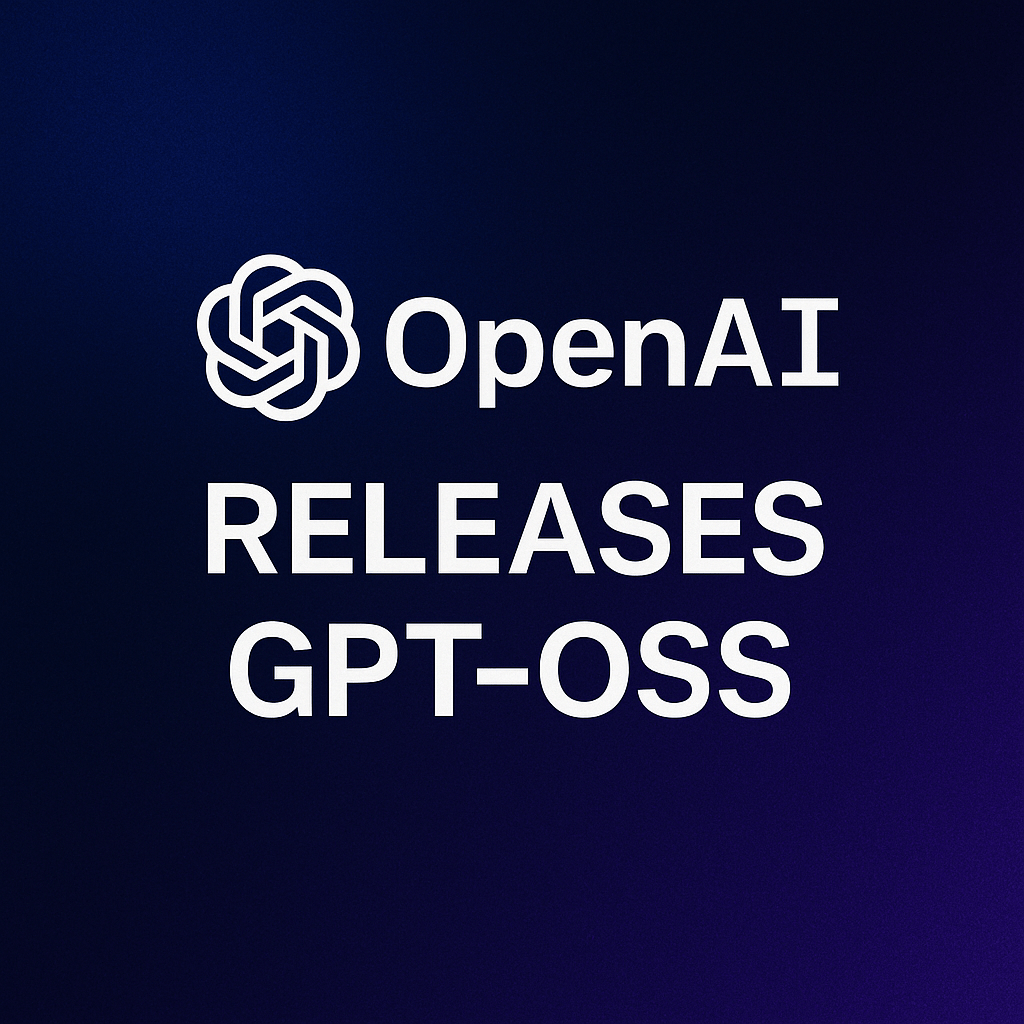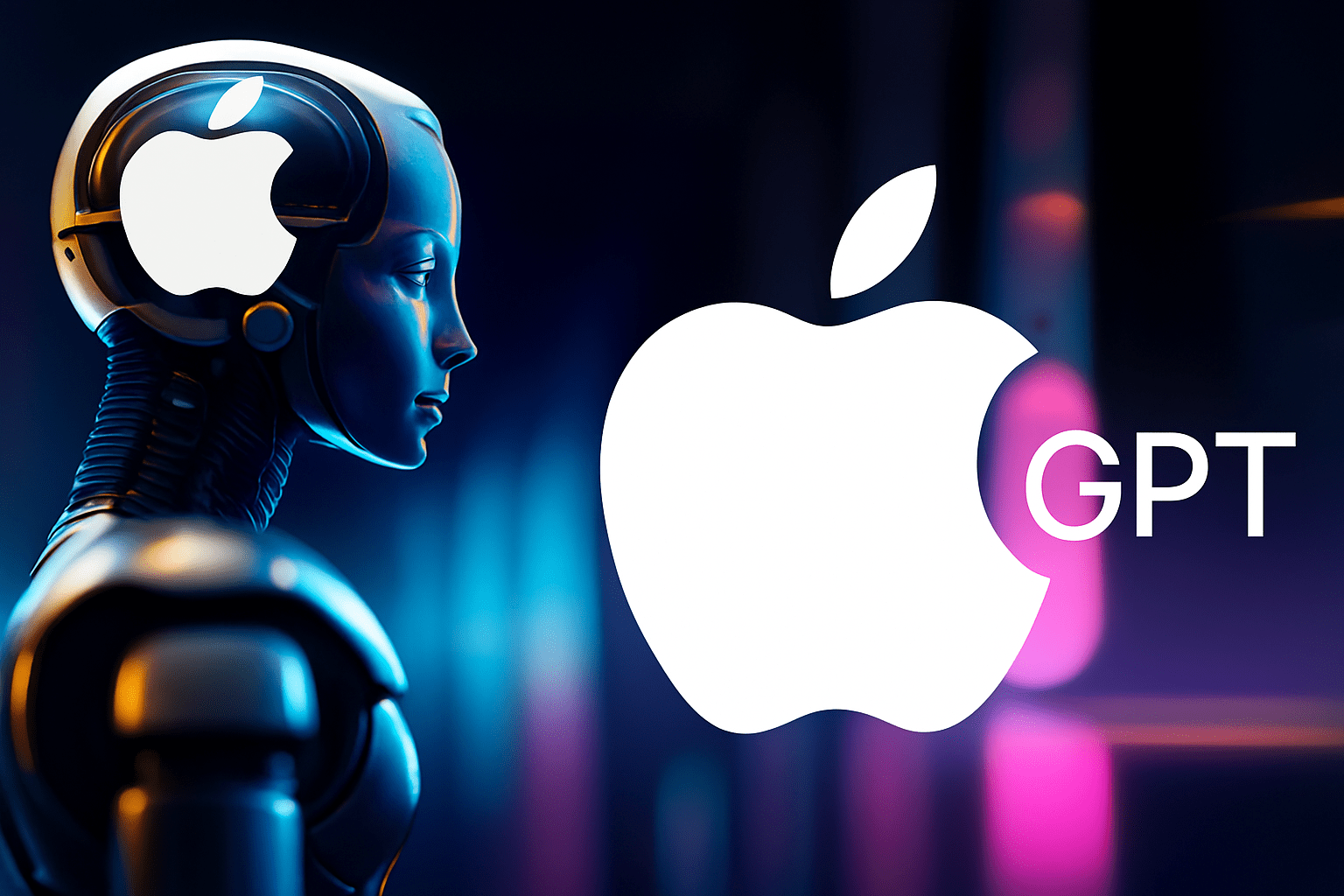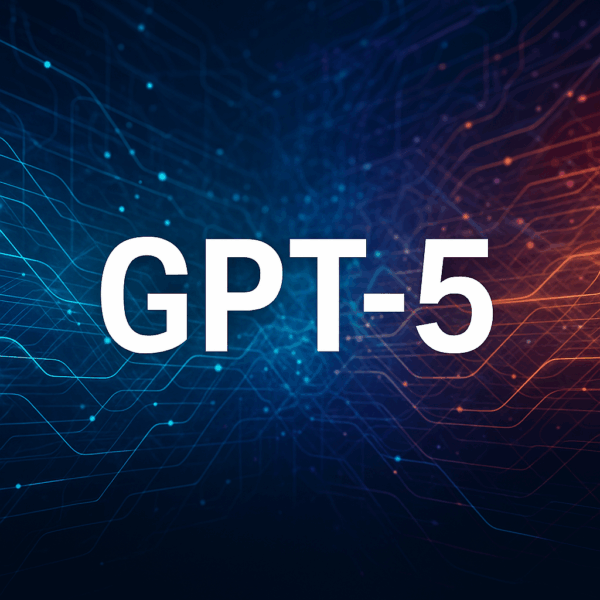In a surprising and highly anticipated move, OpenAI has released GPT-OSS, a pair of open-source language models — their first in six years. These models are being regarded as among the most capable open-source AI systems released in 2025, with performance approaching that of commercial models like o3-mini and o4-mini.
Key Features of GPT-OSS
- Two model sizes: 20B and 120B parameters
- Runs locally on laptops, desktops, and even powerful smartphones
- Tool use support: code execution, web search, Python integration
- Handles complex prompts and maintains long, coherent conversations
- Open-source and free to use, modify, and deploy
Compared to other open LLMs, GPT-OSS performs significantly better in multilingual reasoning, coding, and instruction-following tasks.
Minimum hardware requirements:
- 20B version — ~16GB VRAM
- 120B version — ~80GB VRAM
Where to Try and Download GPT-OSS
These models are ideal for AI developers, researchers, and open-source enthusiasts looking to run cutting-edge LLMs without relying on proprietary APIs.
GPT-5 Is Coming Soon: OpenAI’s Next Flagship Model on the Horizon
Following the release of GPT-OSS, OpenAI is reportedly preparing to launch GPT-5, a next-generation language model expected to significantly raise the bar in general-purpose AI. While the exact release date remains unconfirmed, multiple indicators suggest the launch could happen in the near future.
What We Know So Far: GPT-5 Rumors and Leaks
- Early prototypes are said to generate complex apps and simulations within seconds
- A leaked version known as Zenith allegedly recreated Minecraft and Doom from a single prompt
- Other variants have reportedly built interactive planetary simulators and full-featured websites
- Even incomplete builds are rumored to match or surpass the capabilities of leading AI systems
If these early reports prove accurate, GPT-5 could represent a major leap in multimodal reasoning and AI tool integration, setting a new benchmark for developers, researchers, and businesses.




